The Secret Money Saving Rule I Learned In Japan
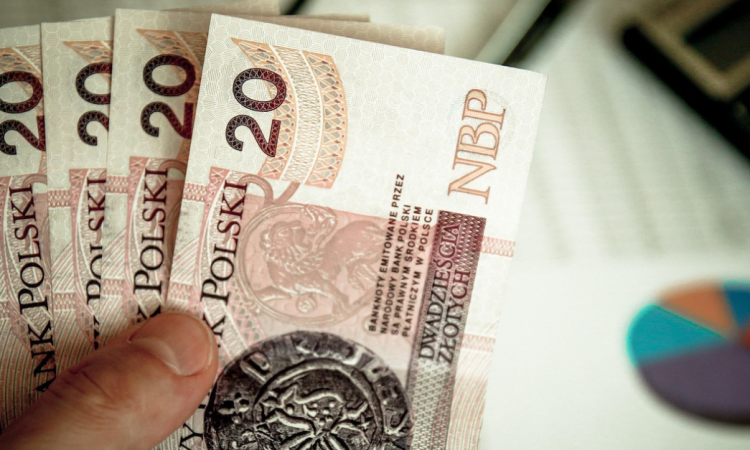
<?xml encoding=”UTF-8″>
The Secret Money Saving Rule I Learned in Japan
Picture this: I’m wandering through Japan, soaking up the culture, when I stumble upon a little financial secret that turns my savings game upside down. It’s not just about the yen—it’s about a whole new way of thinking. And trust me, the impact on my wallet was no laughing matter. Many methods have crossed my path, but boy, this one takes the cake!
Let’s take a trip back in time. In the 1960s, Japanese folks saved like pros, with rates hitting a whopping 28.7%! Meanwhile, the US was chilling at 17%. This knack for saving has stayed strong, making Japan a money-savvy nation.
Chatting with locals, I learned about a simple, old-school technique that anyone can pick up. No fancy apps needed. Just a pen and paper. It’s called Kakeibo, and it’s as straightforward as it gets.
What’s the Deal with Kakeibo?
Kakeibo, or “household financial ledger,” is a budgeting approach that’s all about getting real with your cash flow. Born in 1904, it was a tool for Japanese housewives to keep tabs on household spending. And guess what? It’s still as helpful today as it was back then.
How Kakeibo Works
The magic of Kakeibo lies in its simplicity. First, grab a planner or just a notebook. You can even download a free template if you fancy. The game starts at the beginning of each month. Ready?
Step 1: Tally up your monthly income. If numbers aren’t your thing, a calculator might come in handy.
Step 2: List your fixed expenses. We’re talking rent, bills, and debts. The stuff that doesn’t change much.
Step 3: Set a savings goal. Keep it real, folks. Small steps lead to big gains over time.
Step 4: See what’s left after your expenses and savings. This is your play money.
Step 5: Divide that by the days in the month. Boom! You’ve got yourself a daily budget.
Expense Types to Know
Before diving deeper, let’s break down expenses:
Track That Spending
Keep an eye on your spending, jotting down every purchase. Group them under needs, wants, cultural, or unexpected. This habit not only helps you remember but gives you a clear picture of where your money’s going.
Impulse Check: 5 Quick Questions
Before buying, ask yourself:
- Can I live without it?
- Will my wallet survive this?
- Will I actually use it?
- How did I hear about it?
- How’s it making me feel?
End of Month Wrap-Up
As the month wraps up, take a look back. Did you hit your savings goal? Where did your money really go? This reflection time can reveal sneaky expenses, like my TV plan that was sneakily upping its rate.
Four Big Questions
Ask yourself: How much cash do I have? How much do I want to save? What’s my spending saying? How can I up my game? Baby steps, folks. Like working out, start small and build your financial muscle.
Kakeibo has shown the world how the Japanese save like champs. But you can take it further by considering these:
Extra Tips
Bonuses: In Japan, bonuses are a big deal. They’re extra, so many save them. Maybe chat with your boss about bonus possibilities?
Cash Works: While cash is king for tracking, Kakeibo is cool with cards as long as you jot down the buys. Flexibility is key.
Kakeibo is all about forming good habits, one step at a time. Start with small savings and watch them grow. Remember, not every method fits all, but Kakeibo offers a simple path to financial freedom.






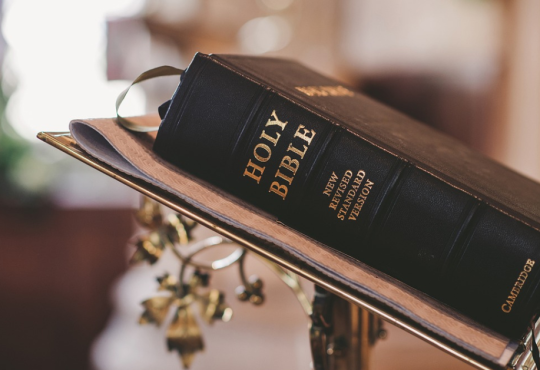

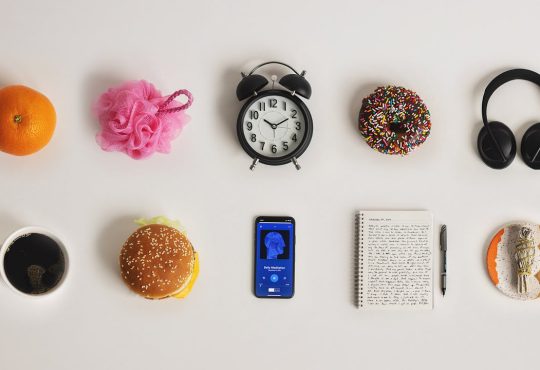
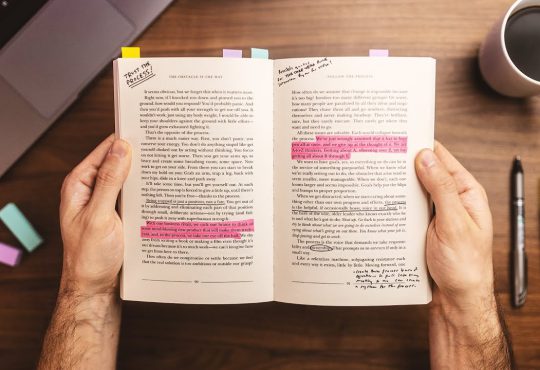


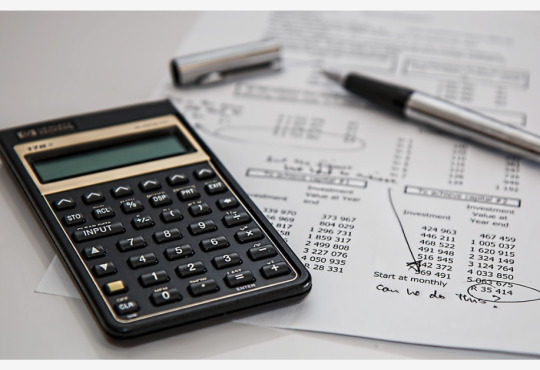


[…] CNN points out that several states embraced cashless bail to ease jail overcrowding and lift the financial load off low-income families. Fans claim ditching cash bail cuts inequality and stops non-violent folks […]